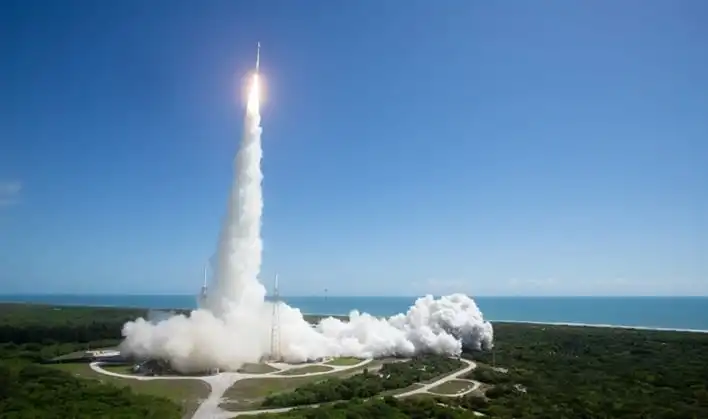Boeing Starliner Launch Success Helium Leaks Laughing Matter
Boeing's Starliner launched with helium leaks, but astronauts still on track to reach the International Space Station despite issues.
Boeing's Starliner successfully launched on a United Launch Alliance Atlas V rocket from Florida, marking a significant milestone in space exploration. However, the launch was not without its challenges. NASA reported that they were aware of one helium leak before liftoff, but two additional leaks were discovered after the launch.
Astronauts Butch Wilmore and Suni Williams embarked on their journey into space at 10:52am EDT on Wednesday, following two delays that required them to exit the Starliner spacecraft before the launch. Approximately fifteen minutes after takeoff, Starliner separated from the Atlas V's Centaur upper stage, en route to the International Space Station (ISS) with a planned arrival time of 26 hours later. Despite the successful launch, issues arose with the Starliner spacecraft.
NASA's Johnson Space Center disclosed that three helium leaks were identified on the spacecraft, with one leak being previously known before the flight. The post-launch update revealed two new leaks that emerged after liftoff. Two affected helium valves were closed, and the spacecraft remained stable.
The new leaks were detected as the astronauts prepared for an overnight rest period before the docking at the ISS. The leaks were found in different parts of the spacecraft, including the left-side and right-side doghouse pods, as well as the top-side of the service module. These pods contain propulsion systems with lines for various fuels and pressurants.
Boeing engineer Brandon Burroughs described the new helium leaks as "small" and noted that they were not detected during pre-launch troubleshooting. This means that three out of eight helium manifolds on the Starliner are showing signs of leakage.
The ground crew informed Wilmore that they would isolate the leaking manifolds while keeping the previously known leak open. NASA's commercial crew program manager, Steve Stitch, acknowledged the challenges of dealing with high-pressure helium systems, noting that helium is prone to leakage due to its molecular size.
Despite the unexpected leaks, the mission is still on track to dock with the ISS as scheduled. NASA indicated that teams would continue to monitor the spacecraft's status and the leak rates of the manifolds. Burroughs reassured that they were prepared for such scenarios and would address the issues accordingly.











Comments on Boeing Starliner Launch Success Helium Leaks Laughing Matter